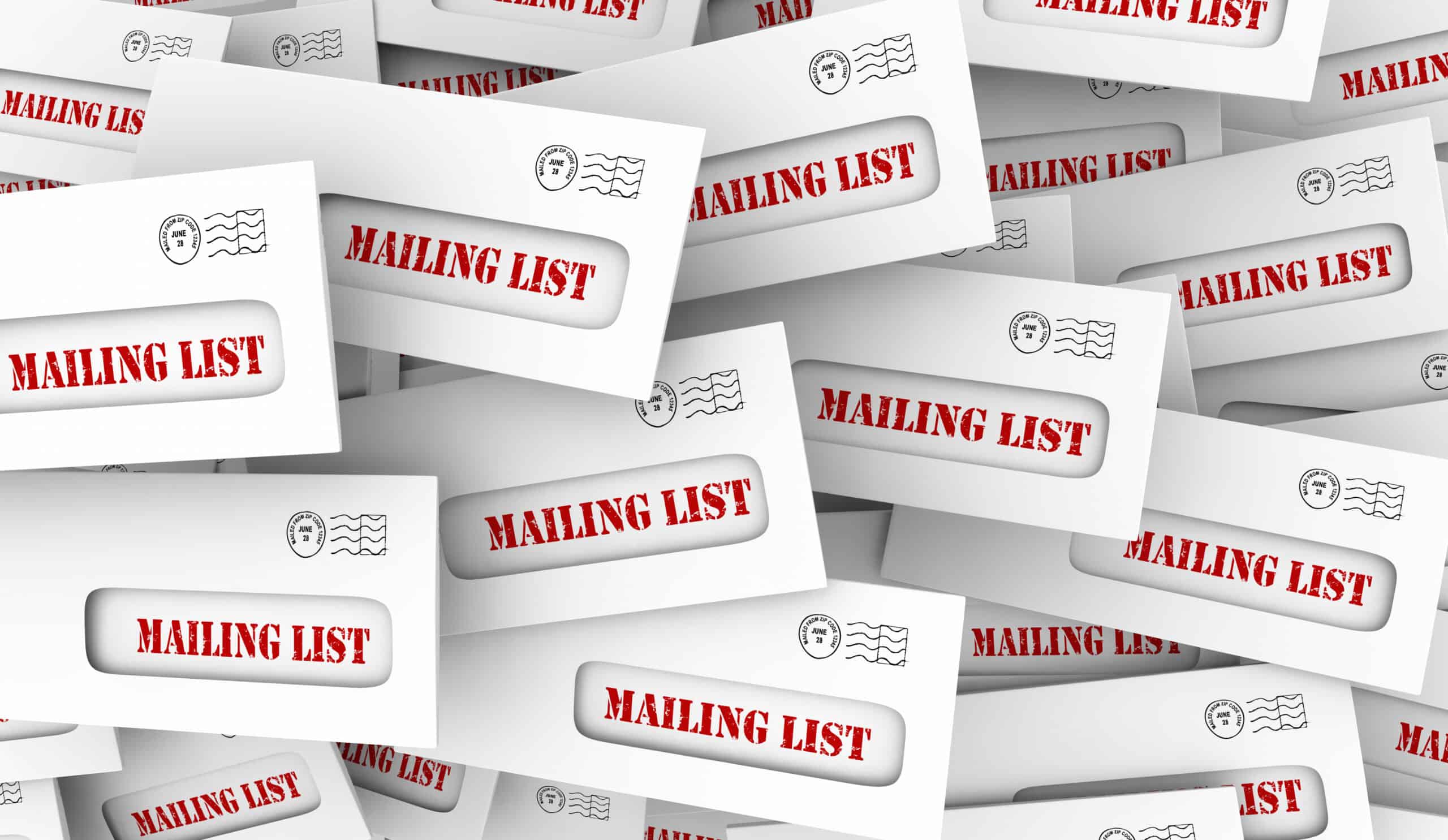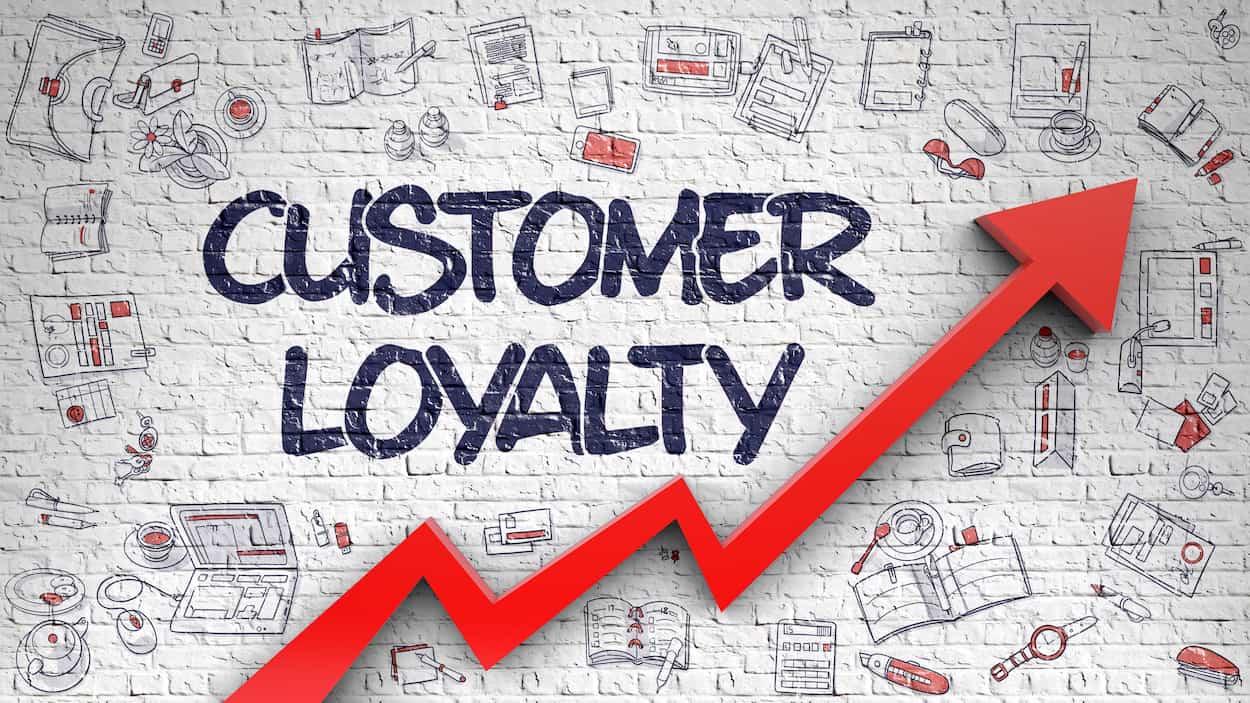
If you are trying to sell costume jewelry and organic smoothies, price and opportunity might motivate customers to purchase spontaneously or switch from a competitor. But if you sell higher-end or more complex products, it often takes a different approach.
Let’s say you are a pediatric dentist. Most of your patients are at least two years old, but the American Academy of Pediatric Dentistry (AAPD) recommends that children see a dentist by age one. In line with these recommendations, you want to encourage families to bring in their children right after their first birthday. But how do you break into the lives of busy parents and motivate them to do what is the last thing most parents want to do—take their infant to the dentist?
The key is to speak to them using their language and according to their priorities. To do this, you can use customer personas.
Customer personas are models for communicating with specific types of buyers. Just as with real people, each persona has a set of demographic descriptors and other identifying characteristics. Take, for example, a “mother with an infant at home.” What other pain points does this persona have besides raising a newborn? How does she make buying decisions? Who and what are her social influencers? Her primary motivators for early intervention?
Once you have this information, you can craft messaging targeting this buyer type, identify the names in your list that match up, or purchase additional details if necessary. (We can help.)
Remember, these are not characteristics of any specific individual but an aggregate you identify as your best buyer. In this case, the “mother with an infant at home” is balancing work and home life, wants to be a good mom, is concerned about finances, and is influenced by family and social media. She makes purchases methodically and tends to be a planner and rational thinker.
Knowing these things, you can plan your mailing. You can talk about how early dental care makes her a better mom and how, with early intervention, she can avoid expensive dental expenses later. You can note how, with proper planning, she can balance her work/home life. You can also develop multiple personas and create relevant messaging for each one.
Sound complicated? Don’t sweat it. It just takes a little time and practice.

Keeping your mailing list up to date is essential for making the most of your marketing dollars. It ensures that your messages arrive in a timely fashion and provides other benefits such as cost savings and better targeting. Let’s look at five benefits of an up-to-date mailing list to motivate you to make this one of your top investments.
1. Gives you a strong foundation. Accurate, up-to-date lists are the starting point for creating relevant, personalized communications. Keeping your mailing list clean, accurate, de-duped, and up to date is a best practice that should be part of your routine. If you get in the habit of keeping up with the basics, it will help you with more sophisticated targeting later.
2. Keep customers happy. Nothing says, “We don’t care,” like a misspelled name or street address. Sure, your mailer might get there (eventually), but at what cost? Keeping your list up to date ensures that your target audience knows you care enough to get it right.
3. Keeps costs down. With an inaccurate list, you are printing and mailing pieces that may never arrive. Don’t waste money! Ensure that every piece gets to its destination. With an accurate list, you also save money by not sending duplicates to the same individual or household.
4. Provides anchor points. As you compile your records, basic data points can be used as reference points for future refinement and additions to that list. For instance, is Jane C. Cochran the same person as Jane Cochran? Can Bob Smith be distinguished from Robert Smith, Jr.? These questions can be answered by cross-referencing data points from an accurate mailing list.
5. Improves targeting. Once you are confident in your list, you can begin to build more detailed profiles of each person. You can purchase additional data to construct more complete profiles that will help you improve your targeting and personalize your communications even more.
Invest in your mailing list regularly. Not only does it help you create an accurate, up-to-date profile of your customers that improves targeting and saves money, but because your email, social, and mobile marketing all draw off the same list, it also benefits your marketing in other channels.

What does it take to create customer loyalty, the kind of loyalty that makes customers stick with you, even when their favorite sales representative, hair stylist or financial advisor moves on?
Here are some tips from the experts.
1. Know your customer base. Customer bases are not homogeneous. They are made up of different demographics, with different needs and with different motivators for shopping with you. Profiling your customers can tell you a lot about how to keep them. When was the last time you did a customer survey or conducted a focus group?
The more you get to know the unique makeup of your customer base, the more you are able to adjust products and services to respond to their unique needs and the more likely you are to hang onto their loyalty.
2. Make it personal. Shift from mass mailings and generic communications to personalized print communications as much as possible. This should go beyond “Dear <<name>>” and include content driven by demographics, demonstrated preferences or past purchase history. The goal here is not just to let your customers know that you know their names, but to increase the relevance of your communications to their lives.
3. Spread the communication around. Some companies assign each customer a specific customer service representative or sales consultant. This creates a special relationship between customer and sales rep that can be invaluable. The downside is that this relationship can become so valuable that, should the sales rep leave the company, your customer might be willing to leave with them. For this reason, encourage your customers to have multiple contact points within your company.
4. Increase the frequency. Stay in communication with your customers on a regular basis, not just when there is a special promotion or event. This is the idea behind most drip marketing campaigns. They help develop a relationship that creates a value beyond price and convenience and keeps your company top of mind.
5. Reinforce and reward loyalty. When customers are loyal, let them know that you appreciate it. Then reward them for that loyalty. Send them special “loyal customer” discounts, personalized to their unique habits and preferences whenever possible.
Retaining customers takes effort. It requires a customer retention plan and an intentional, focused effort to keep those customers you’ve worked so hard to have. What’s your plan?

Targeting is the foundation of any highly effective marketing campaign, but there are different ways to slice and dice your list based on your marketing goals. Here are four different ways to target your audience. Which approach might work best for your next marketing campaign?
1. Demographics.
Demographics such as age, gender, ethnicity, and household income are simple but effective to focus your messaging. For example, if you are selling jewelry, you might show different collections to different recipients based on household income. If you sell automobiles, you’ll select other vehicles for those just out of college versus those married with young children.
2. Lifestyle.
Lifestyle data pools target audiences based on shared interests, such as fitness and wellness, green living, or pet ownership. Two people who look very different demographically may both love dogs or snowboarding. There are many ways to get at lifestyle data, including magazine subscriptions and past purchases.
3. Life stages data.
Whether young or old, rich or poor, we face common life stages. For example, new parents deal with diapers, and recent college graduates need to furnish apartments. Retirees may be looking to downsize, travel, or invest in a lasting legacy. Targeting based on life stage is different from targeting based on age or generation in that two shoppers might be the same age but at very different stages in life. For example, one might still be single and living at home, while another might be married and with young children. Even though they are the same age, their needs and priorities will differ.
4. Past purchases.
We can infer a lot about someone based on what they buy. If they just purchased a new pool, they’ll likely be in the market for pool accessories, too. If they just purchased home improvement supplies, there’s a good chance they’ll be in the market for new appliances.
Want to learn more about any of these data types and how to develop campaigns around them? Let us jump in and help.

To create genuinely personal communications, you need to know your customers. This requires more than knowing basics like name, address, and gender. It requires knowing more about who your customers are.
Let’s take an example from the world of sports. For example, when we think of hockey fans, we might think of demographics such as age, gender, and region of the country in which a fan lives. But did you know that National Hockey League (NHL) fans are the most affluent sports fans in the country? (Out of all major league sports, the NHL has the highest percentage of fans earning more than $100,000 per year.) Or that half of Major League Baseball fans are retirees? Or that 40% of NASCAR fans are women?
The starting point for any targeted or personalized campaign is knowing the make-up of your audience. If you don’t have this information, make it one of your goals to find out. Send a direct mail or email survey or conduct a focus group. Add survey forms on your website or purchase additional data to fill in the gaps.
Don’t stop there. Ask yourself what else you might not know about your target audience that would be helpful. When the NHL started personalizing its fan communications, for example, it asked them to fill out a survey that indicated where they lived and their favorite hockey team. The NHL discovered that 40% of its fan base lives outside their favorite team’s home market. Imagine the marketing opportunities for the league!
Know your customers from the inside, too.
- Consider investing in fundamental database analysis. Identify your top 10% of customers by frequency, volume, and revenue.
- What do those customers “look” like? Create a set of customer profiles.
- What does each profile have in common (age, income, marital status, purchase habits)? In a B2B environment, you might look at the vertical market, employee size, and annual revenues.
- Get to know your bottom 10%, too. What do they look like? Are they customers you can woo back?
There is an infinite number of questions you can ask, but they all start with knowing who your customers are in the first place.
